A winter afternoon run along a desolate cliff top pathway is as good a time as any to see a ghost. Last Sunday, Barry McDonald could feel the gale at his back. He regularly jogs this rugged strip of Co Cork coastline between Ballyandreen and Ballycotton but the previous day it had been under siege by storm and blustering winds.
About 200 yards out along the cliff path his eye caught something over his right shoulder. As he turned he saw a hulk of white rusted metal pitched along the crags of a half-mile-wide cove.
“It just came into view as I ran along the cliff,” he says of the MV Alta, the so-called “ghost ship” whose prolonged disappearance on the high seas came to an end at that moment. “I could see it was up on the rocks but I couldn’t understand how it was there.”
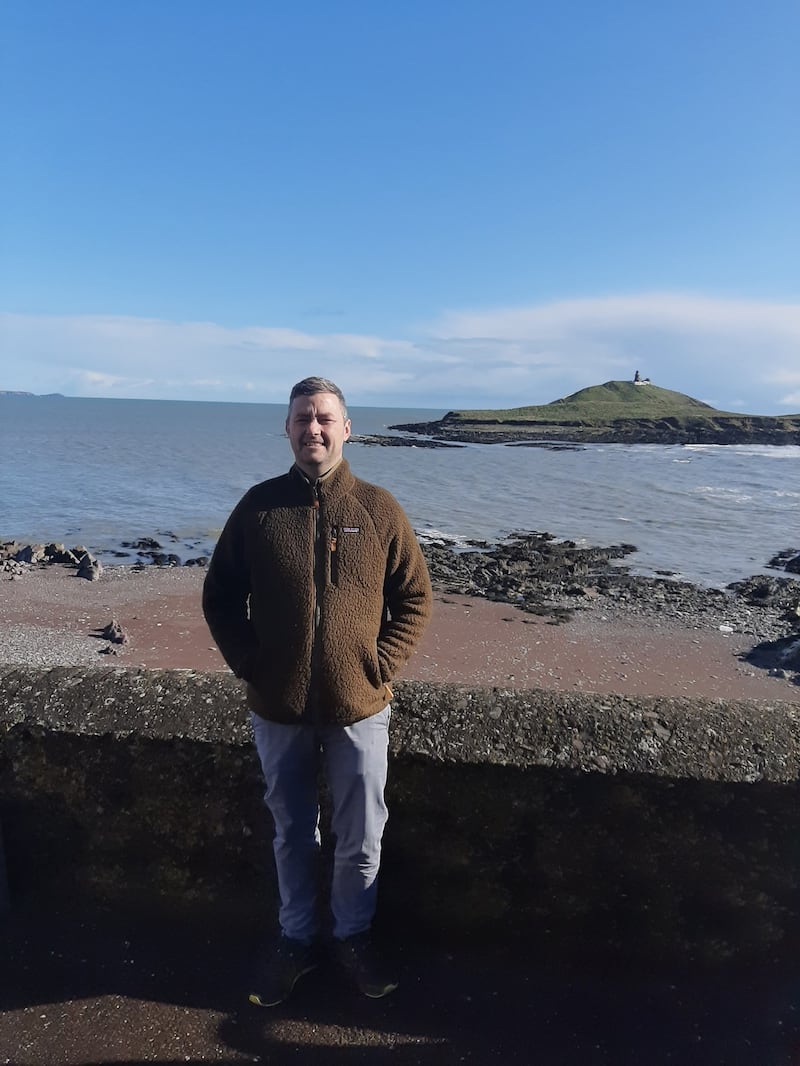
McDonald was astonished by its sudden appearance, at a spot between the locally known Skur and Ceann Capaill rock. “I was thinking, had it happened during the week and nobody told me about it? Was I not around?”
It was all the more unusual for McDonald, an RNLI volunteer whose network of contacts would surely have heard about such a major nautical event on their doorstep. They hadn’t. McDonald ran on from the cliff walk and quickly rang the Coast Guard.
In the week since, the story of the mysterious arrival of the abandoned 77-metre (250ft) cargo ship has been recounted around the world. Those claiming to own the vessel have made contact with the authorities and the long process of resolving its ultimate fate is now under way.
Its emergence on the rocky Cork shore concludes a lonely trans-Atlantic journey of about 17 months. The unmanned voyage of the Tanzanian flagged Alta began in October, 2018. Its 10-strong crew had been adrift in the wild Atlantic for three weeks, unable to make repairs and running out of food, and had to be rescued by the US Coast Guard's Cutter Confidence about 1,380 nautical miles southeast of Bermuda.
Little has been reported about the ship's activities at this time. One marine source, however, remarks that its ambitious voyage from Greece to Haiti – a distance of almost 5,000 nautical miles – was not in keeping with its size and design. This class of boat is more likely to be engaged in "near continental trade", a term that refers to boats hugging coastlines in specific areas such as the Mediterranean or Persian Gulf.
The following July, long after its crew had been plucked to safety, an unverified report emerged in the Maritime Bulletin suggesting the ship may have been towed toward Guyana in South America before being hijacked and abandoned for a second time.
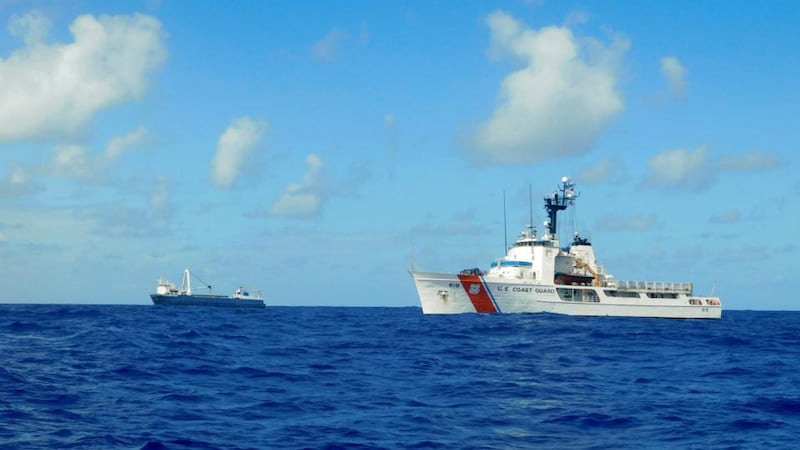
That is uncertain, but what is definite is that its next confirmed sighting was by the icebreaker HMS Protector, the Royal Navy’s scientific research ship, in August or September 2019. It never released an exact location. The Protector attempted to make contact with a crew that was no longer there and eventually sailed away.
"It's rare that something of this size would be wandering around for a long time but it does happen, and this won't be the last," explains Cormac Gebruers, head of college at the National Maritime College of Ireland in Cork.
The idea of a large steel ship floating around unnoticed for months on end is a difficult one for many to take in. But, as Gebruers explains, the vastness of the oceans is not always easy to process.
“Something even the size of a 77-metre steel vessel – when you drop it into the centre of the Atlantic Ocean, it’s a very large area. It’s not unusual, if it dropped out of regularly travelled shipping lanes, that it wouldn’t be sighted for many months.”
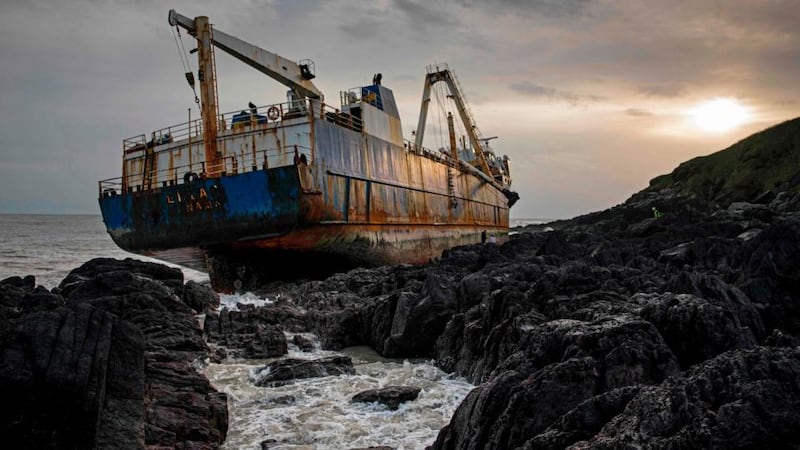
Even in shipping lanes, a typical distance between large vessels is often in the order of 50-100 miles. They don’t see each other.
As a former navigator on super tankers sailing between the Persian Gulf and the US, Gebruers would often travel the leg between Capetown, South Africa and the Caribbean via the south Atlantic. Over the course of three weeks they might spot two other ships. The oceans are vast.
The most likely scenario for the Alta after its abandonment in the Atlantic was that it got snagged in the Gulf Stream, and was pushed up along the northeast coast of the US and Canada and then northeast across the Atlantic towards the Irish coast.
The romantic notion of a ghost ship lurching aimlessly, endlessly on the ocean swells quickly disappears when it runs aground
In August 2019, an article in the trade Merco Press reported the HMS Protector was in Middlesbrough for maintenance work. The following month she was due to sail for the Bahamas for disaster relief efforts.
The Protector’s precise whereabouts when it sighted the Alta are unknown, but Gebruers says a reasonable hypothesis is that she was sailing southwest when she encountered the Alta in the mid-Atlantic.
"She would probably have passed through the Azores, so there's a good chance she would have run into the Alta somewhere about 700 miles southwest of Ireland," he says. "That position is about 500 miles northwest of the Azores which is kind of about where you would expect something floating from the Gulf Stream and into the North Atlantic Drift to be."
Based on those assumptions, Gebruers reckons the Alta would have drifted about four nautical miles a day at an approximate speed of 0.2 knots.
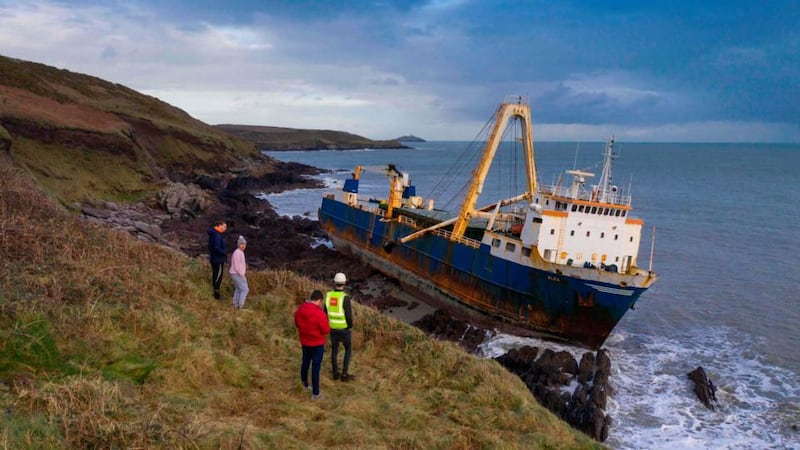
The romantic notion of a ghost ship lurching aimlessly, endlessly on the ocean swells quickly disappears when it runs aground. At sea, the Alta would have been a silent, foreboding monster. In the cold daylight of the southern Irish coast, however, she is quickly reduced to the reality of a rusting hull of peeling paint, with a lingering smell of diesel.
This week, in keeping with procedure on washed-up ships, an officer of the Revenue Commissioners was appointed Receiver of Wrecks by the Minister of Transport – essentially custodian of the whole mess.
This function, under the Merchant Shipping (Salvage & Wreck) Act, 1993, is designed to apply legal process to managing the ship’s carcass, and the costs associated with doing so. It is with this office the Alta’s apparent owners would have made contact, and their bona fides are currently under review.
Several owners have been registered for the vessel; the last change of hands appears to have occurred in 2017. With the complexities of maritime law, actual ship owners can be difficult to ascertain amid a complex weave of registered, often international companies.
Apart from some troubled waters in certain parts of the world, comparable cases of large empty vessels floating aimlessly are not common
Those claiming to own the Alta have not been identified by Irish authorities. Why they have come forward to claim the ship now is unclear. Nobody can know for certain although, according to Darren Lehane, a barrister specialising in maritime law, there is no legal responsibility on anyone to deal with an empty vessel in the middle of nowhere.
“[For] ships on the high seas, if they are stateless or abandoned it only becomes an issue for a [specific] country if it comes into our waters. The high seas are kind of stateless,” he explains.
“There are a lot more vessels out there than people think. A lot of small boats don’t have to be registered.”
All kinds are left on the ebb and flow of the world’s oceans, he says – official counts put the number anywhere between 6,000 and 9,000 every year.
Sometimes they are set adrift because of shady activity (drug trafficking); sometimes because their owners simply no longer want them or can’t afford them. Sometimes they simply break down and are not worth fixing. Few, however, are the size of the Alta.
Ian Urbina, the Pulitzer Prize-winning investigative journalist and author of The Outlaw Ocean, a detailed examination of illegal practices at sea, says the Alta case first and foremost raises questions about its former crew.
“What were the conditions that led them to stay on a ship that was broken down for three weeks?” he wonders. “And also, what fate has befallen them since they were rescued?”
Urbina points out that apart from some troubled waters in certain parts of the world, comparable cases of large empty vessels floating aimlessly are not common.
In Ireland, Lehane says the number of such cases in which a Receiver of Wrecks is appointed is probably relatively few. Those that do occur are usually linked to storms.
The Department of Transport says instances in recent years “arise infrequently and many of these are low-value, small abandoned boats or parts thereof washed ashore, with no pollution risks”. No financial information regarding costs is available.
In such cases, where wrecks are spotted they must be reported to the Receiver (in reality, this means the authorities). “If a treasure chest washes up ashore, you can’t just take it,” explains Lehane.
As an extension of centuries’ old maritime logic, the notion of those who rescue boats before they come to harm being rewarded for their efforts has continued in modern law.
As for the Alta, while it may consist of relatively worthless scrap metal and a bit of diesel, no third party has a claim because she washed up on the rocks. Her case falls under the law of derelict ships.
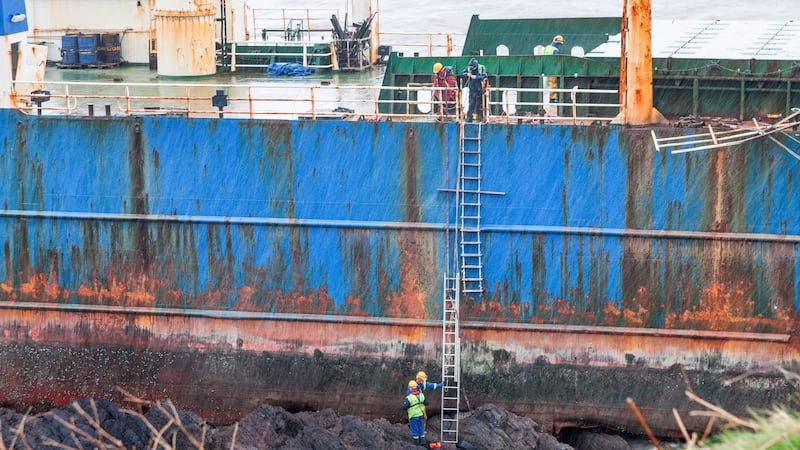
In these circumstances owners are encouraged to provide financial security for costs and their proof of ownership quickly in order to keep costs down. They are entitled to the return of their property only when they have settled any outstanding fees and expenses, in this case to the State.
Time is ticking. Earlier this week, a marine salvage expert warned that while an operation to remove the ship was a relatively easy task for now, it would become more difficult and more expensive. There are also environmental concerns and no matter how downplayed they may be, pressure will build for as long as the hull is allowed to fester.
On Tuesday morning the boots of Cork County Council contractors stomped through the empty decks to begin inspecting conditions onboard, probably the first human activity in many months. Plans are being drawn up, the owners are engaged; the 2,300 tonnes of steel will one day leave this small Cork inlet one way or another.
In the meantime, as Barry McDonald jogs near the ongoing salvage operation in the weeks ahead, he will be thinking about his small role at the centre of a story that this region has seen play out before. History is repeating itself.
Almost exactly 125 years ago, about two miles west of the site of the Alta, another ghost ship came to haunt the east Cork shoreline. In February, 1895 the remains of the Swedish brig Saga were discovered at Kelly’s Cove. Derelict and rudderless, not a single person was found aboard.















